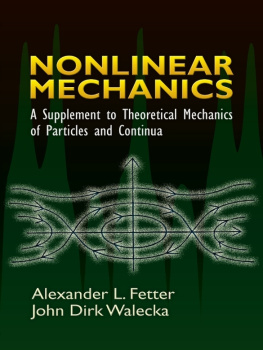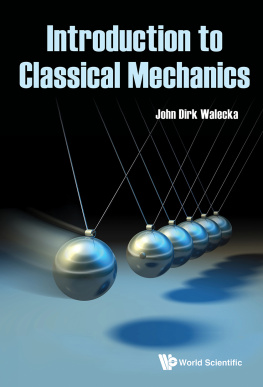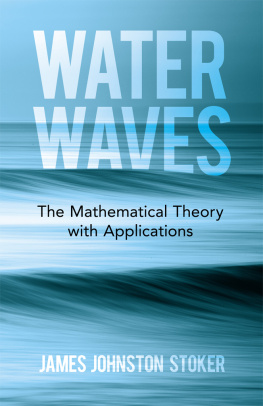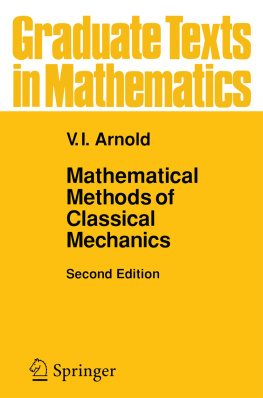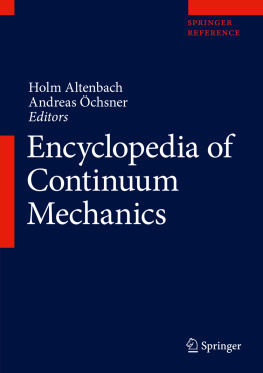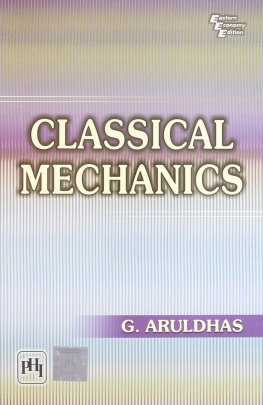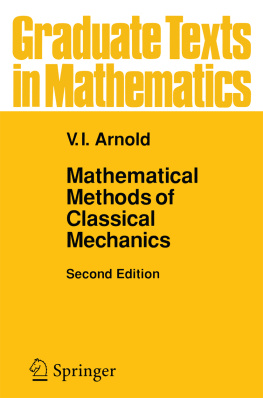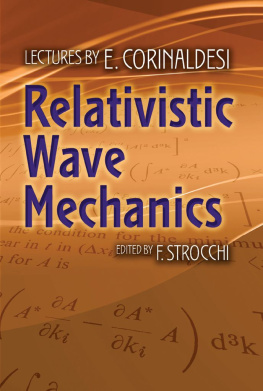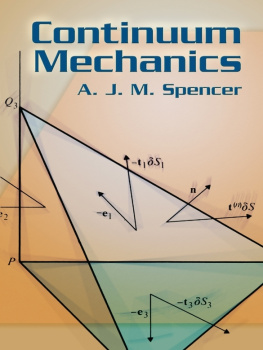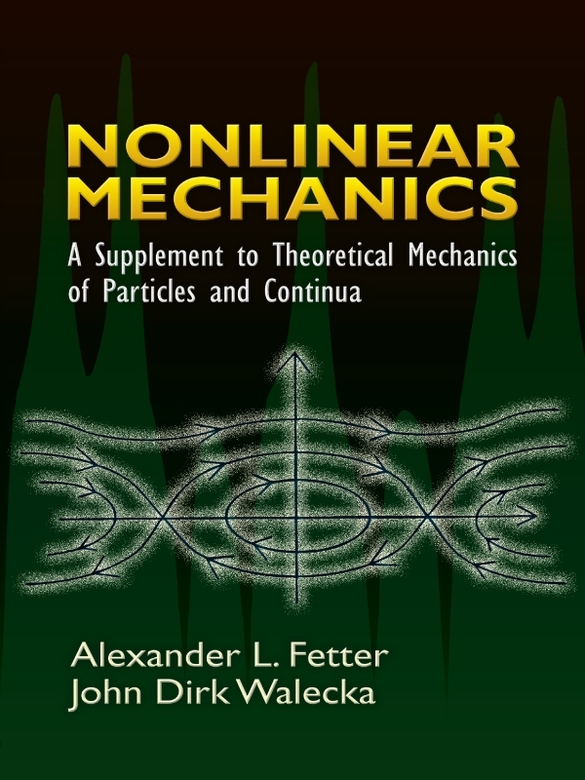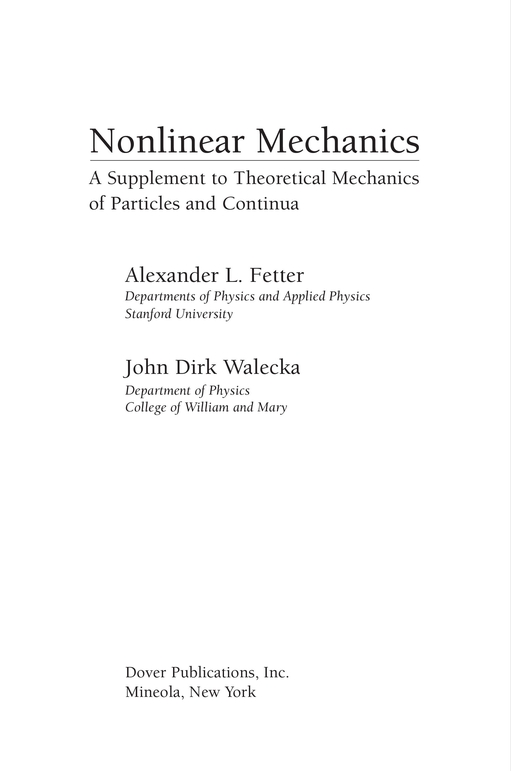When Dover Publications agreed to reprint our textbook Theoretical Mechanics of Particles and Continua , we decided to write a short additional volume on Nonlinear Mechanics that would include material that each of us has used in recent graduate classes. This supplement focuses on various aspects of nonlinear phenomena in both fluids and discrete systems of particles. We start with the onset of hydrodynamic instabilities, particularly the Rayleigh-Bnard convective instability in a fluid heated from below. The associated nonlinear Lorenz equations provide a simple model for the chaotic behavior far beyond the onset of convection. We then study the logistic map, which illustrates period doubling as a different route to chaotic dynamics. Finally we consider hamiltonian systems, where the familiar action-angle variables provide a convenient and flexible tool. Two solvable models form the basis for a qualitative discussion of the celebrated Kolmogorov-Arnold-Moser (KAM) theorem on the stability of a separable hamiltonian system subject to periodic perturbations. In these examples, we rely on the general aspects of nonlinear dynamical systems such as fixed points and their stability. In addition, various numerical methods play an important role, especially the Poincar surface of section. A set of problems has been included, some for each section. We are most grateful to M. E. Peskin for allowing us to use his unpublished lecture notes on hamiltonian systems. Throughout this work, we have very much enjoyed developing the material and hope that students will find it a valuable addition to our earlier textbook.
Alexander L. Fetter
John Dirk Walecka
October 1, 2005
1 Motivation
The book Theoretical Mechanics of Particles and Continua was originally published by McGraw-Hill Book Co. in 1980 [Fe80a]. Subsequently, Dover Publications reprinted it in 2003 [Fe03]. The original preface to [Fe80a] states:
We intend this frankly as a textbook and aim to provide a lucid and selfcontained account of classical mechanics, together with appropriate mathematical methods.
Over the years, many colleagues and students have told us how much they liked using this text.
The first section of [Fe80a] starts with the sentence:
Although Newtons laws of motion are easily stated, their full implications involve subtle and complicated nonlinear phenomena that remain only partially explored.
Since 1980 the advent of powerful inexpensive computers has revolutionized this exploration. Currently anyone with a desktop computer can simply pick appropriate initial conditions and numerically integrate a set of nonlinear ordinary differential equations, or, equivalently, iterate a set of nonlinear finite-difference equations. These numerical investigations have discovered many fascinating and unexpected phenomena, such as chaos and fractals (see, for example, [Za85, Gu90, Mc94, Ot02]). Simultaneously, powerful mathematical methods have been developed to describe nonlinear mechanics (see, for example, [Ar89, Li92, Pe92, Jo98]).
The preface to [Fe03] further states:
We have each taught particle and continuum mechanics many times over the years, both at Stanford and at William and Mary, and enjoyed having this book available as a text.... In the past several times that we have taught the course, each of us has supplemented this material with additional lectures on more modern topics such as nonlinear dynamics, the Lorenz equations, and chaos. We hope that this supplemental material will also be available in published form at some point.
When Dover reprinted the original version [Fe03], the authors considered preparing a revised second edition but decided that it was more valuable to have the text immediately available for the use of students and instructors. Thus arose the idea for a supplement that would provide a bridge from [Fe80a] to contemporary (typically nonlinear) mechanics. We re-emphasize that this material serves as a textbook from which one can learn. Indeed, we claim no originality and are definitely not experts on these topics.
The second half of [Fe80a] focuses on continuum mechanics with chapters on Sound waves in fluids, Surface waves on fluids, Heat conduction, and Viscous fluids . A natural extension is to use this material as a basis for discussing nonlinear continuous systems, which we proceed to do in Part II of this supplement.
The Euler equation for an ideal incompressible fluid simplifies considerably for irrotational flow because the velocity field (a vector) is then derivable from a scalar velocity potential. In this case, the Euler equation can be integrated to yield Bernoullis equation. Part II starts with a linearized stability analysis describing two classic physical problems: the onsets of (1) the Rayleigh-Taylor gravitational instability for two fluids with the heavier on top, and (2) the Kelvin-Helmholtz shear instability where the fluids are gravitationally stable but undergo relative transverse motion. This material provides a nice introduction, for it simply amplifies three problems appearing in the original text [Fe80b].
The Navier-Stokes equation adds viscosity to the description of these fluids. Typically, a viscous fluid undergoes rotational motion with nonzero vorticity (the curl of the velocity). In addition, the vorticity itself diffuses at a rate determined by the kinematic viscosity. The Navier-Stokes equation is solved for some simple physical configurations in [Fe80a]. Inclusion of heat flow, both conduction and convection, leads to still richer physical phenomena. If the fluid is heated from below, the decrease in density associated with thermal expansion substantially affects the dynamics, and the resulting buoyant force eventually initiates convection. This convective instability of a viscous fluid heated from below is known as the Rayleigh-Bnard problem. The simplest approximation is to retain only the leading linear temperature dependence in the density (known as the Boussinesq approximation). We analyze the resulting set of coupled nonlinear dynamical equations in some detail, obtaining the conditions for the onset of the striking convective roll instability and deducing properties of the linearized solutions (see, for example, [Ch81, La87, Bo00]).
The coupled physical amplitudes that obey the nonlinear Boussinesq equations can be expanded in a complete set of spatial normal modes [Sa62]. If the resulting system of coupled nonlinear equations is truncated to retain only the first two modes, then an appropriate redefinition of variables yields the equations first derived by Lorenz as a model for weather [Lo63, Sp82]. These celebrated and remarkable Lorenz equations constitute a discrete dynamical system with three dependent variables and one control parameter. As we shall see explicitly, their solution mimics the much more complicated Rayleigh-Bnard problem with an infinite number of degrees of freedom. The numerical solution to these three coupled, first-order, nonlinear, ordinary differential equations provided one of the first observations of the phenomenon of chaos . Today, it is a simple matter for students to solve these equations on a desktop computer and investigate their properties. Indeed, this system exemplifies much of what makes modern mechanics so enjoyable and fascinating.

